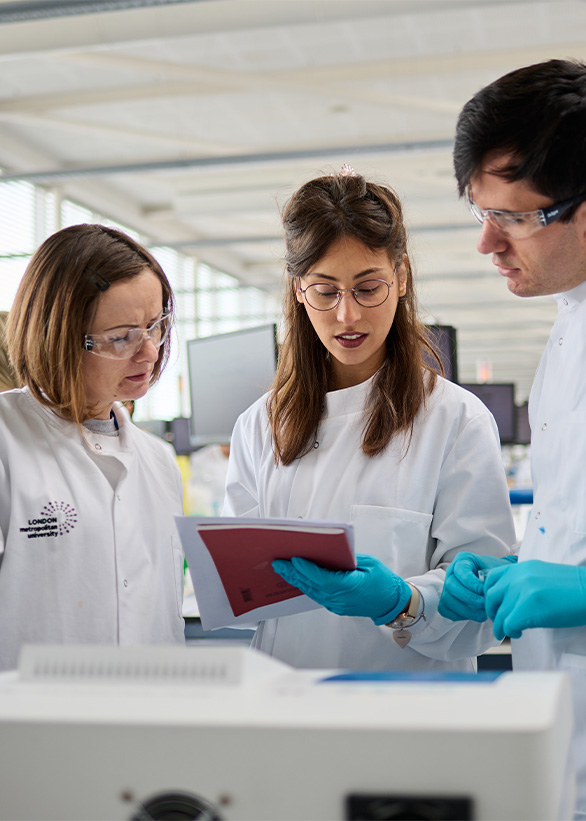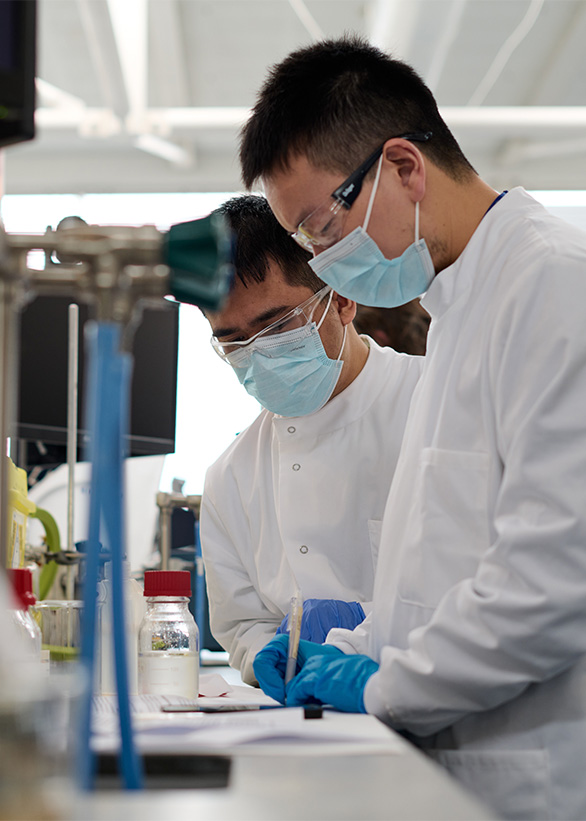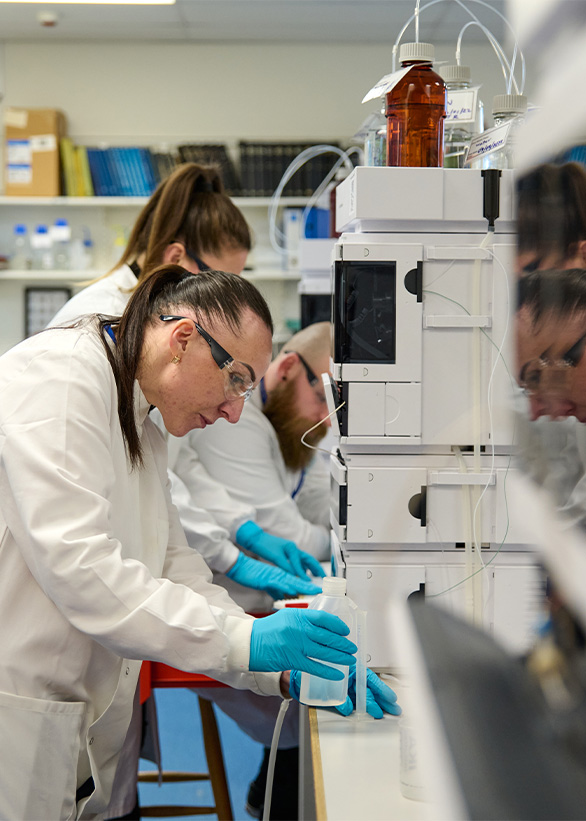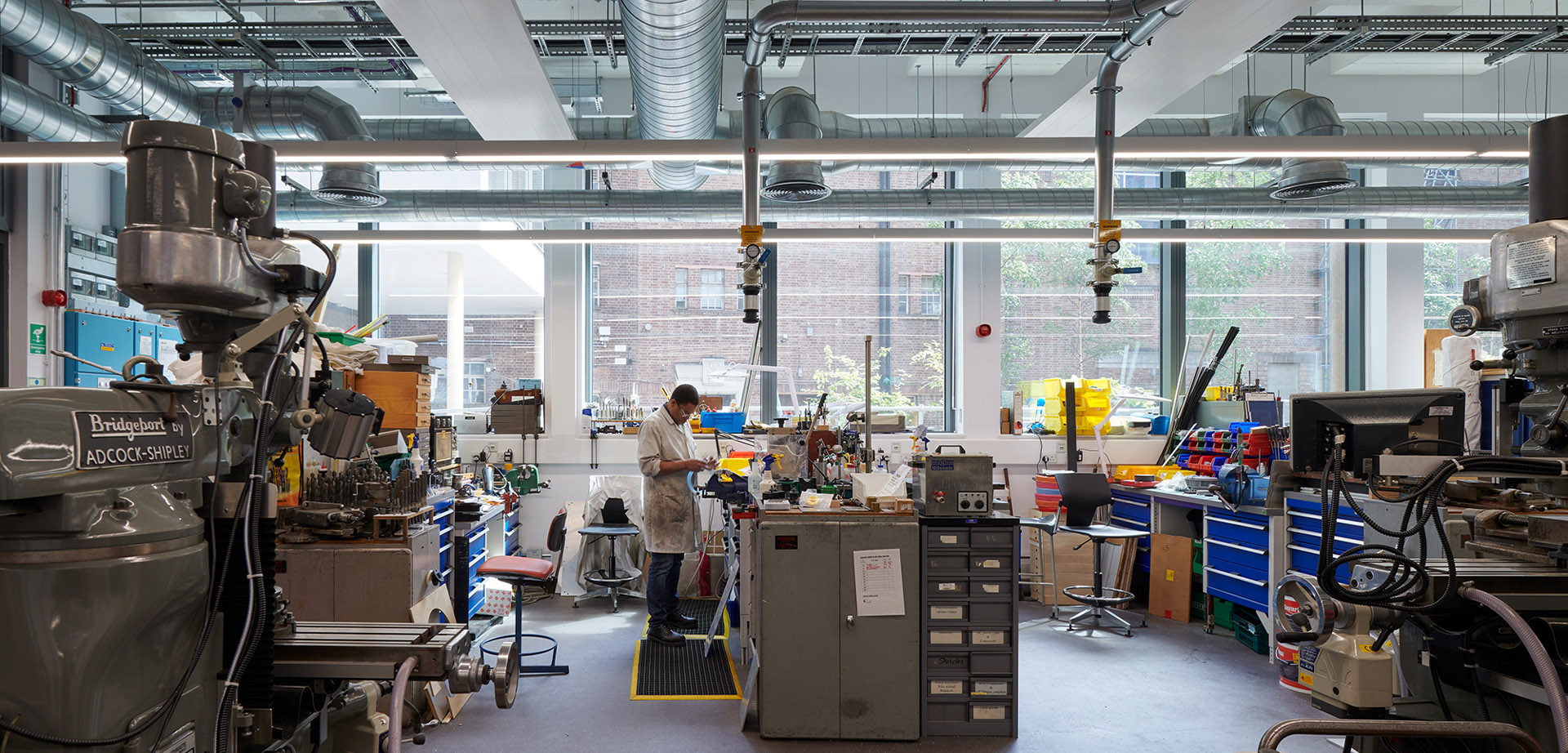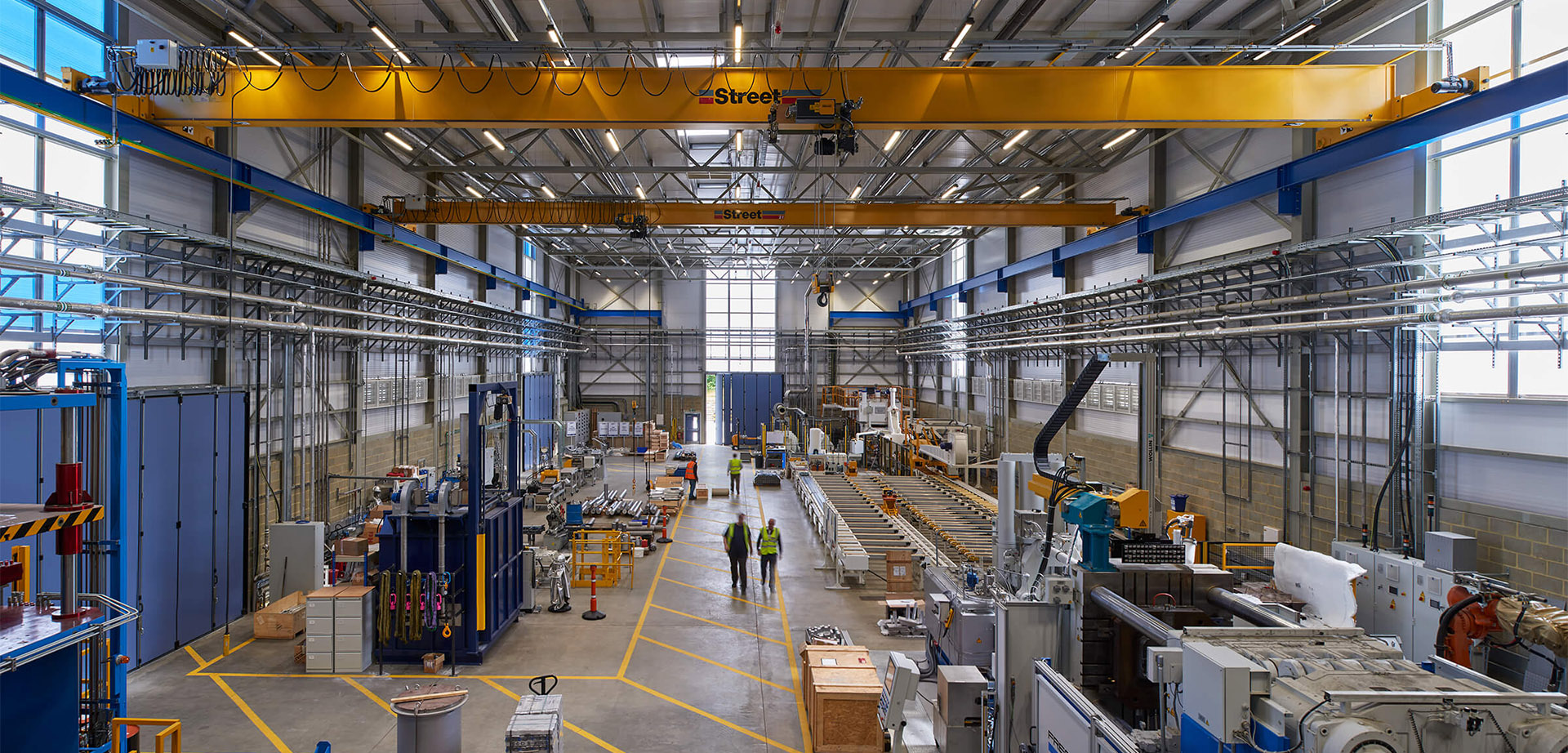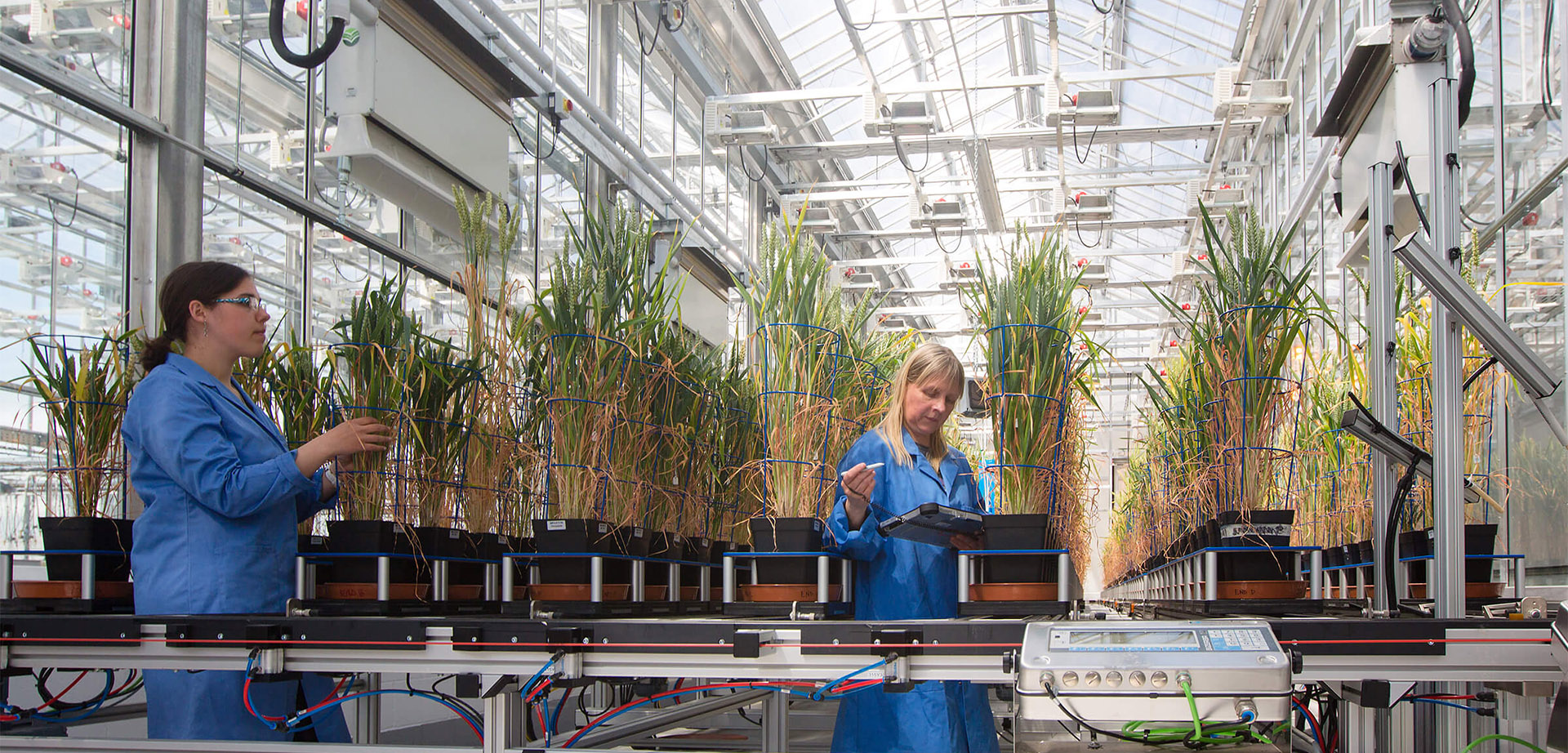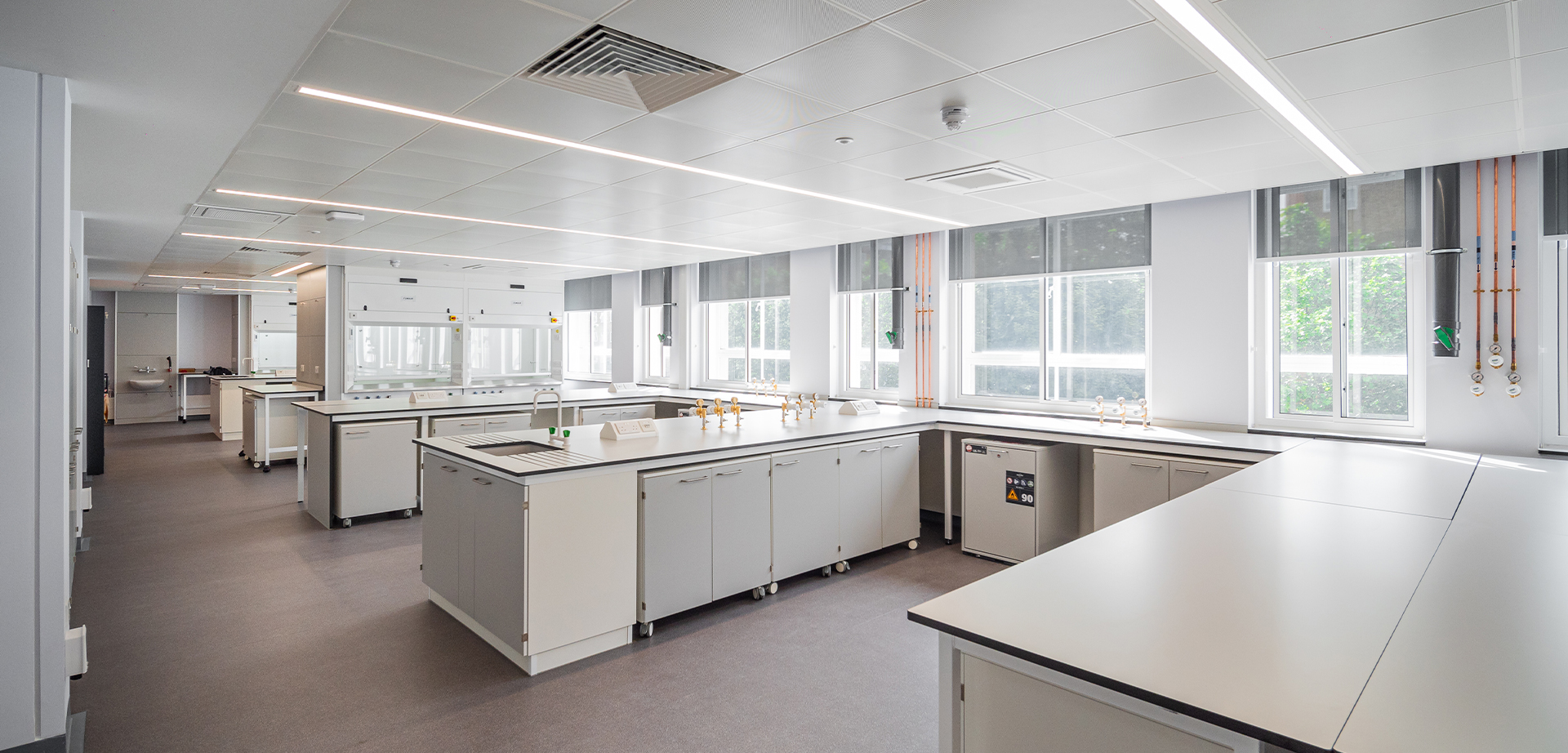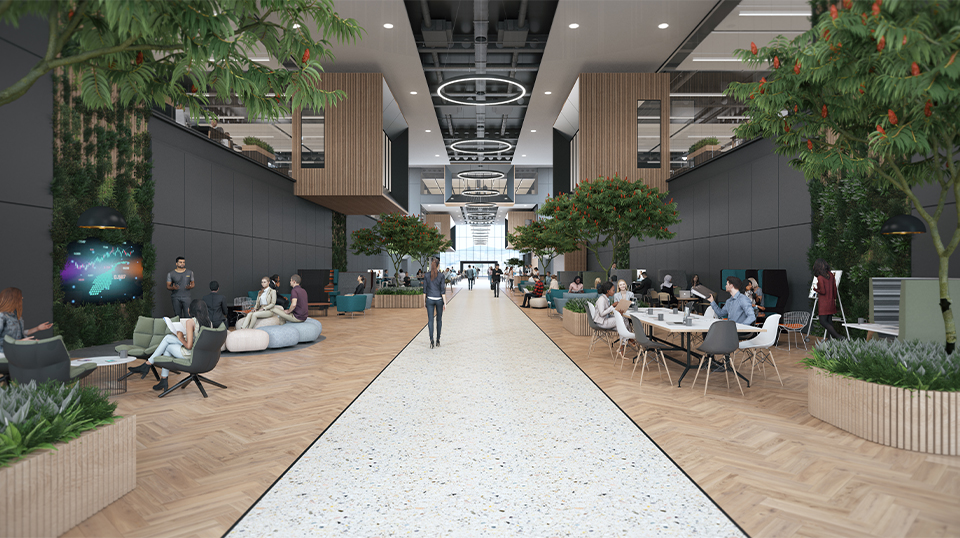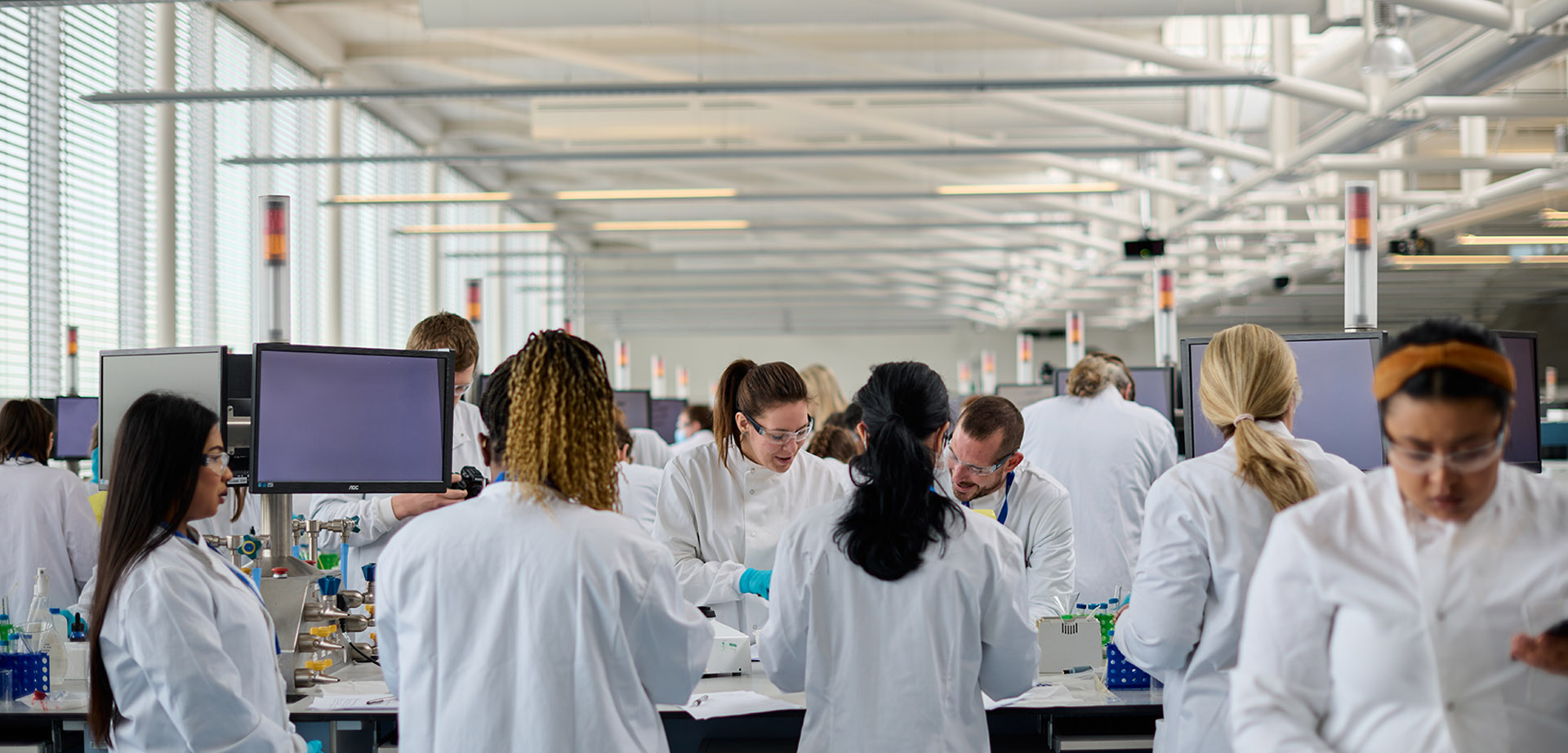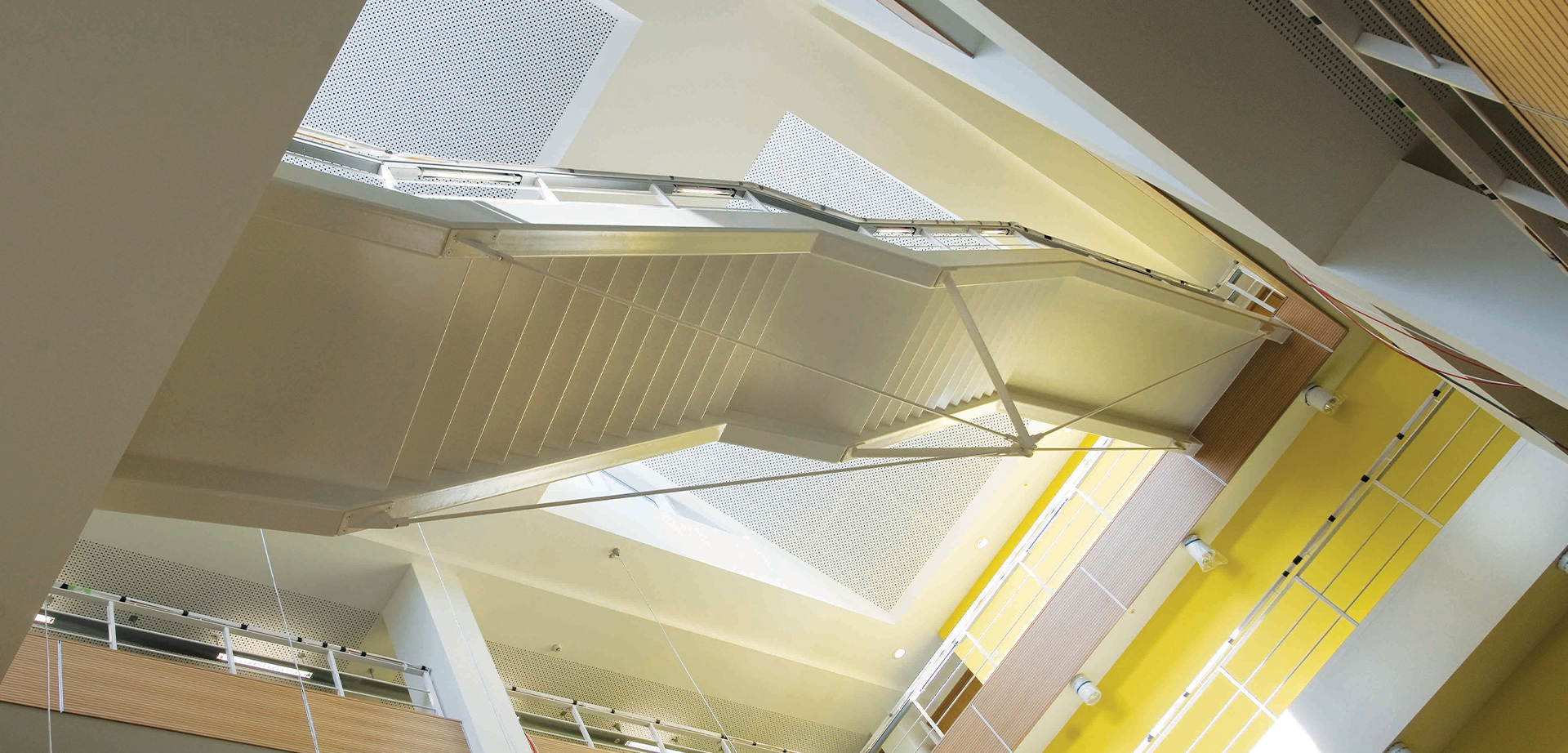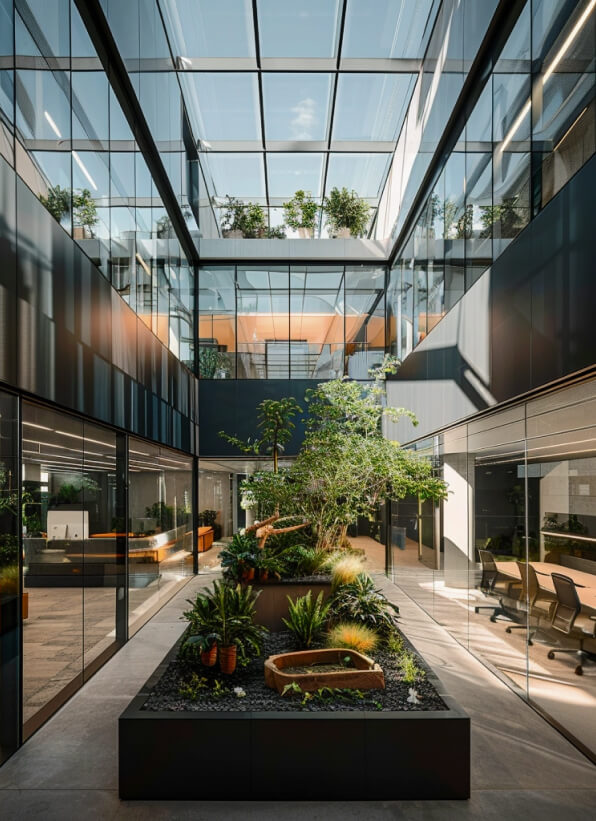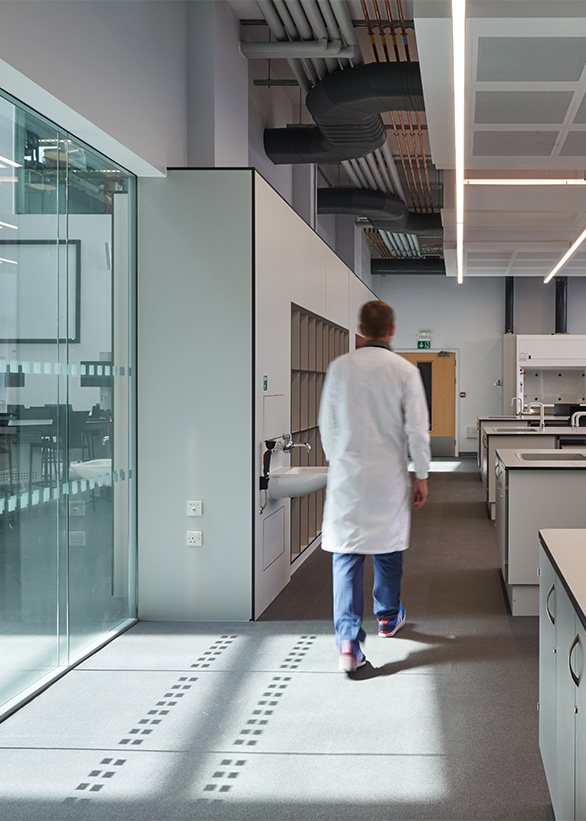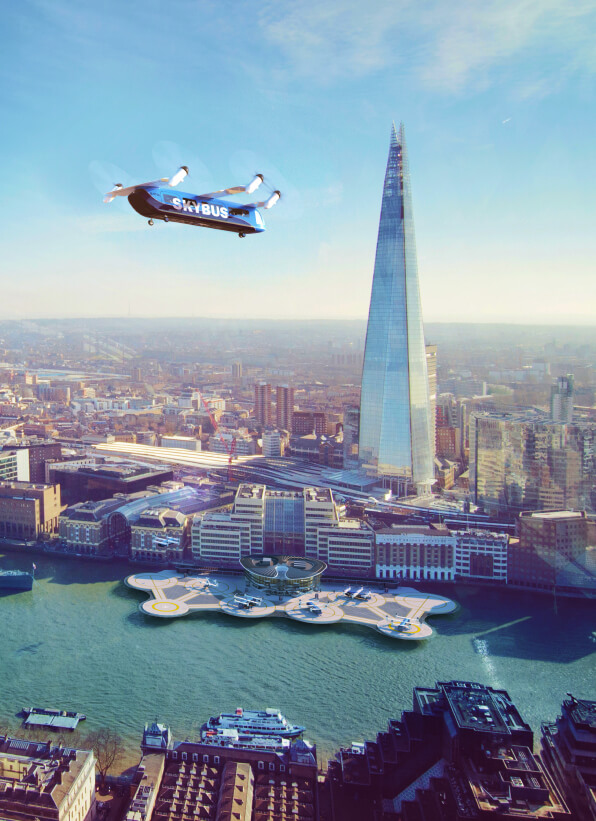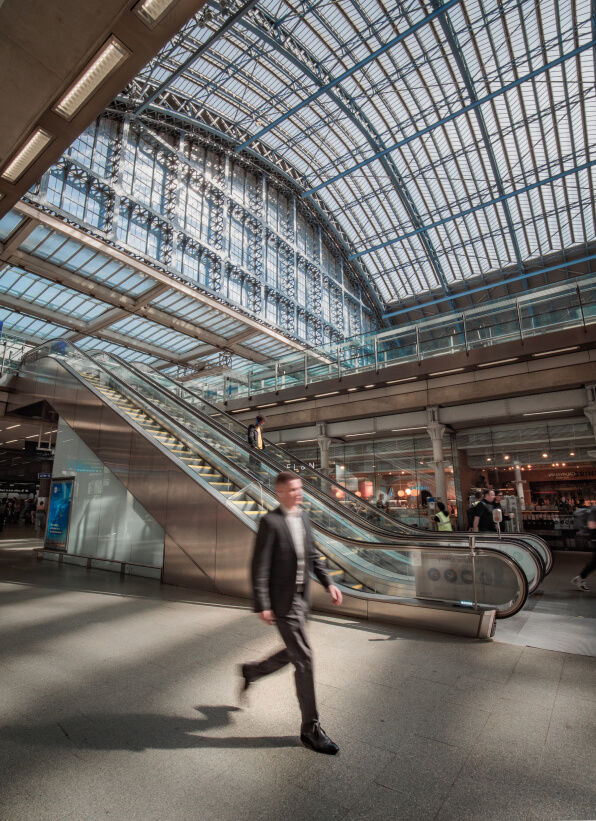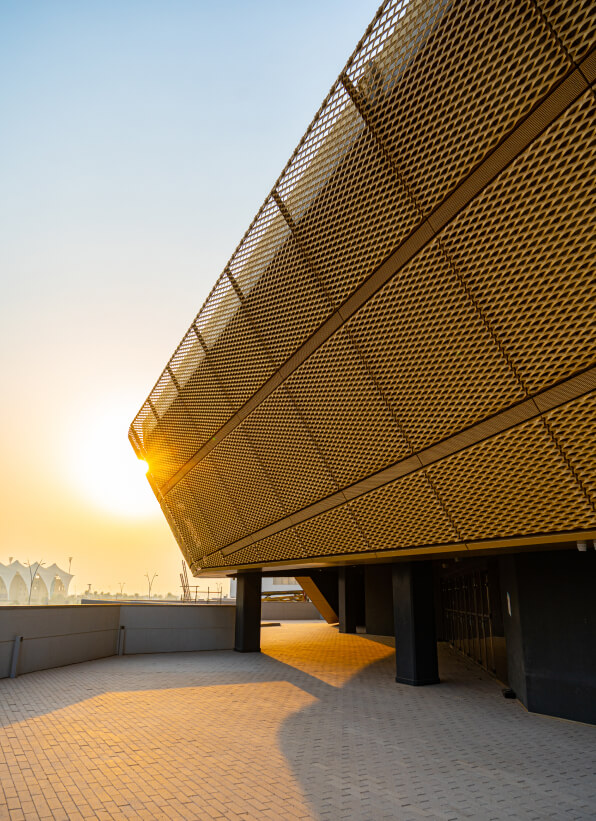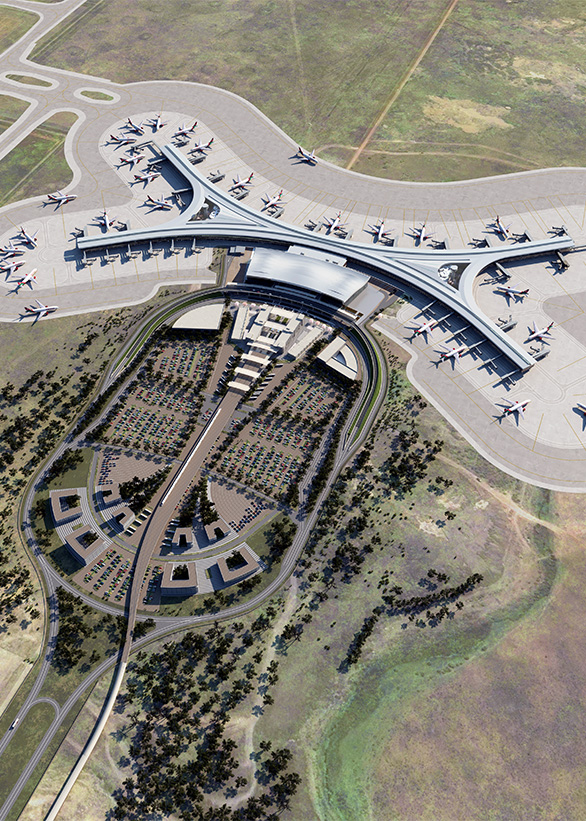Designing for research and innovation
Scientific Discovery thrives in Inspiring Environments
We understand that the physical environment is crucial in scientific research, and we are deeply committed to creating research facilities that not only address every functional need for a particular science, but also inspire through the creation of a harmonious place to work.
This commitment to inspiration ensures that our facilities are more than just functional spaces but also places that motivate and engage researchers, instilling confidence in our clients and stakeholders regarding our dedication and expertise.
Our research facilities are environments that are designed to enhance well-being and positively influence researchers’ emotional comfort. By fostering a positive atmosphere, spaces can encourage cooperation, creativity, and a positive attitude towards research and discovery.
From masterplans for Research and Development cientific incubator parks, to new academic science buildings; from conservation laboratories for museums to advanced metallurgical alloy research facilities; and from Containment Laboratories to Cleanrooms, our team have extensive design and delivery experience across the sector both in new build facilities and refurbishment projects.
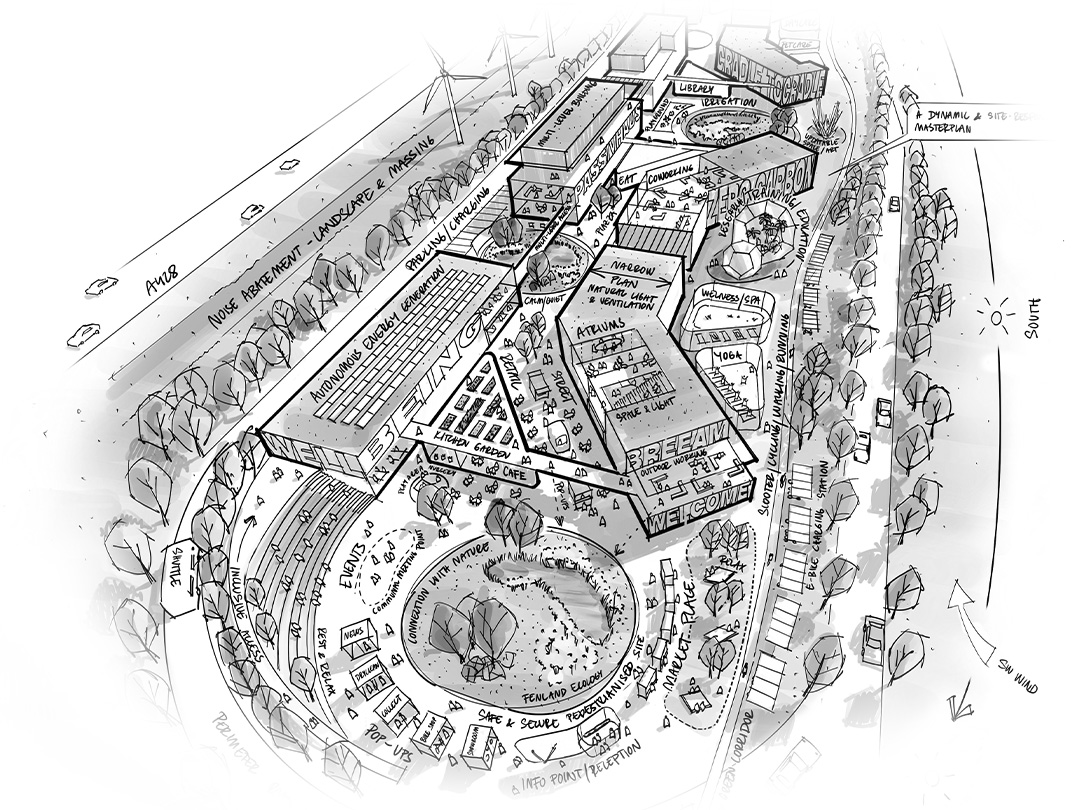
our approach:
We treat every project—no matter the size—with equal care and attention to detail. We pride ourselves on our experienced and well-rounded team, who consistently bring a consistency of knowledge and judgement throughout the project.
This is demonstrated via our long-standing working relationships with several research institutes, both in the private sector and governmental, who have consistently chosen Pascall+Watson as their design partners.
Tried and trusted partnerships
At the heart of our designs is the ultimate client: the researchers themselves. The scientists at your establishments are the support pillars of our society and leaders, so ensuring that they are in the optimum environment helps nurture their true potential.
Whilst specialist laboratories are the central core of research facilities, they must have the appropriate supportive functions in order to bring about a harmonious work environment. Nearby write-up offices, access to decompression quiet spaces, collaboration hubs, refectories, external landscaping and sensory gardens all can work alongside bright and comfortable laboratories to promote the health and well-being of your scientific community.
In every project, we look to follow the ten concepts of the WELL Building Standards, thus supporting the researchers and support staff in achieving their full potential and fostering a happy and healthy community.
Supporting the Research and Development experience
Firstly, capturing your particular science’s physical/ spatial and environmental needs enables us to prepare relationship/process and flow diagrams that, once agreed, allow us to block plan a layout tailored to the specific needs and process. Site constraints are overlaid to form the spatial considerations.
Once we have determined the physical requirements and constraints of the project, we then flip our approach and look at the ‘negative’ space. The voids are the space that humans occupy. From there, we look at how to enhance these voids by looking at the size, the shape, and the interrelationships of these spaces and then utilise the lexicon of architectural elements: light, colour, texture, temperature so on and so forth to meld a unique environment that enhances and supports the science, without distracting or interfering.
Working with you to understand your unique science/research needs
Work
LET’S WORK TOGETHER

Satinder leads multidisciplinary design teams across Education, Science + Research, Workplace, and Commercial sectors in the UK. He excels in stakeholder management, delivering new build, remodelling, and retrofit schemes with a strong focus on sustainability and client needs.
Since 2000, Satinder has combined his project delivery expertise with technical knowledge to ensure high-quality design and successful project outcomes, making him a key figure in driving sustainable and efficient project solutions.
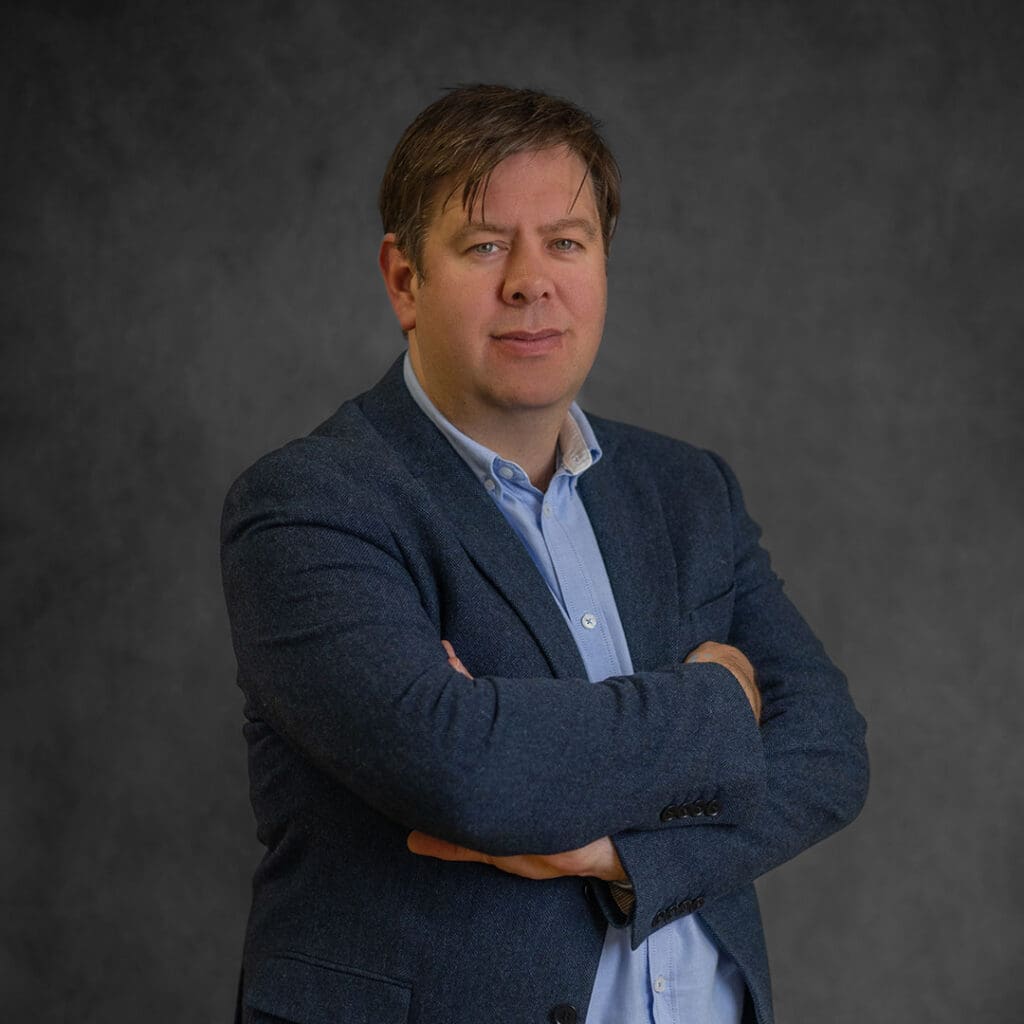
Michael has extensive experience in the Science, Defence, and Education sectors.
Since starting his career in architecture in 1999, he has developed skills in designing, coordinating, and delivering complex projects that balance design aspirations with stakeholder operational requirements within project constraints. Michael’s expertise in technical design and project management ensures high-quality outcomes for all his projects.
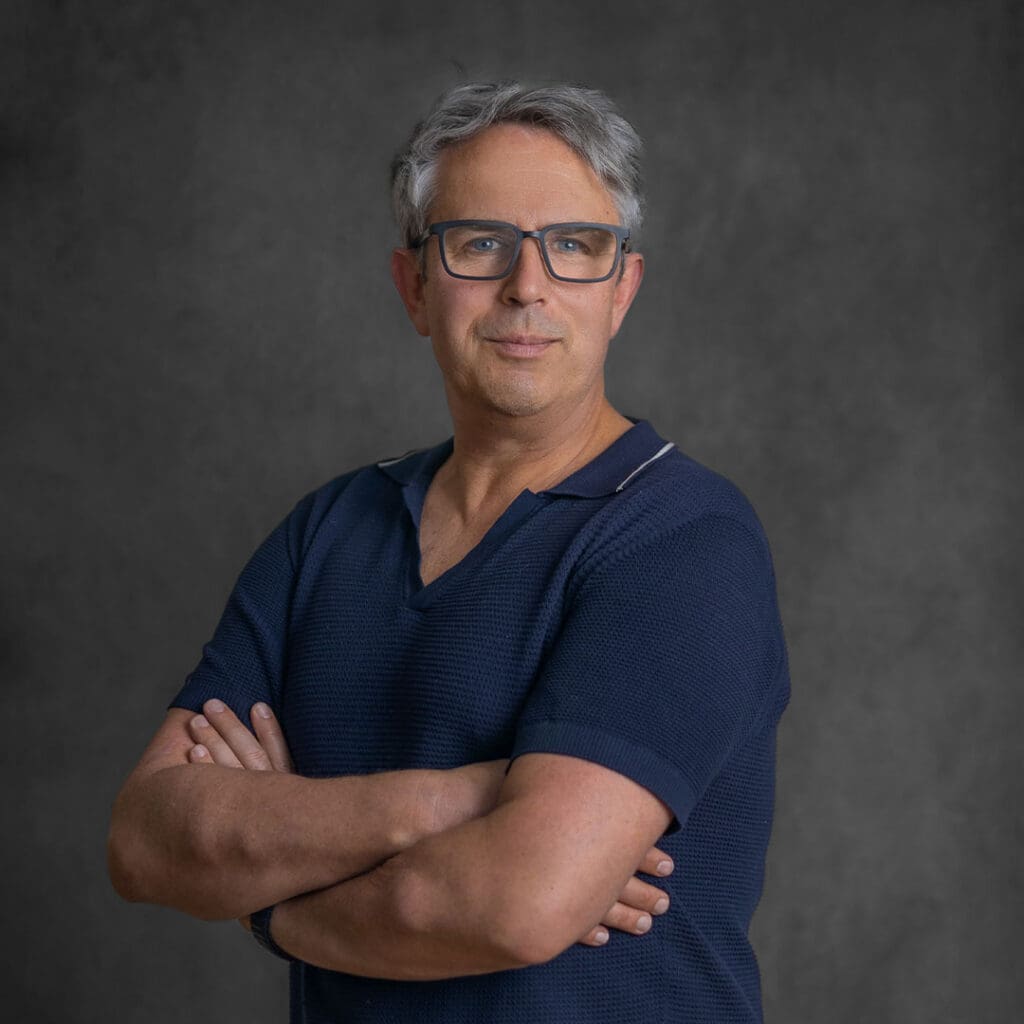
Ryan specialises in laboratory and higher education design, bringing a strong focus on both conceptual and technical detail to every project.
Since joining the firm in 2000, he has become known for his lateral thinking and meticulous attention to design detail, with a belief that “the architecture is in the detail.” Ryan also excels in client and contractor management, fostering open, cooperative relationships to ensure successful project outcomes.
